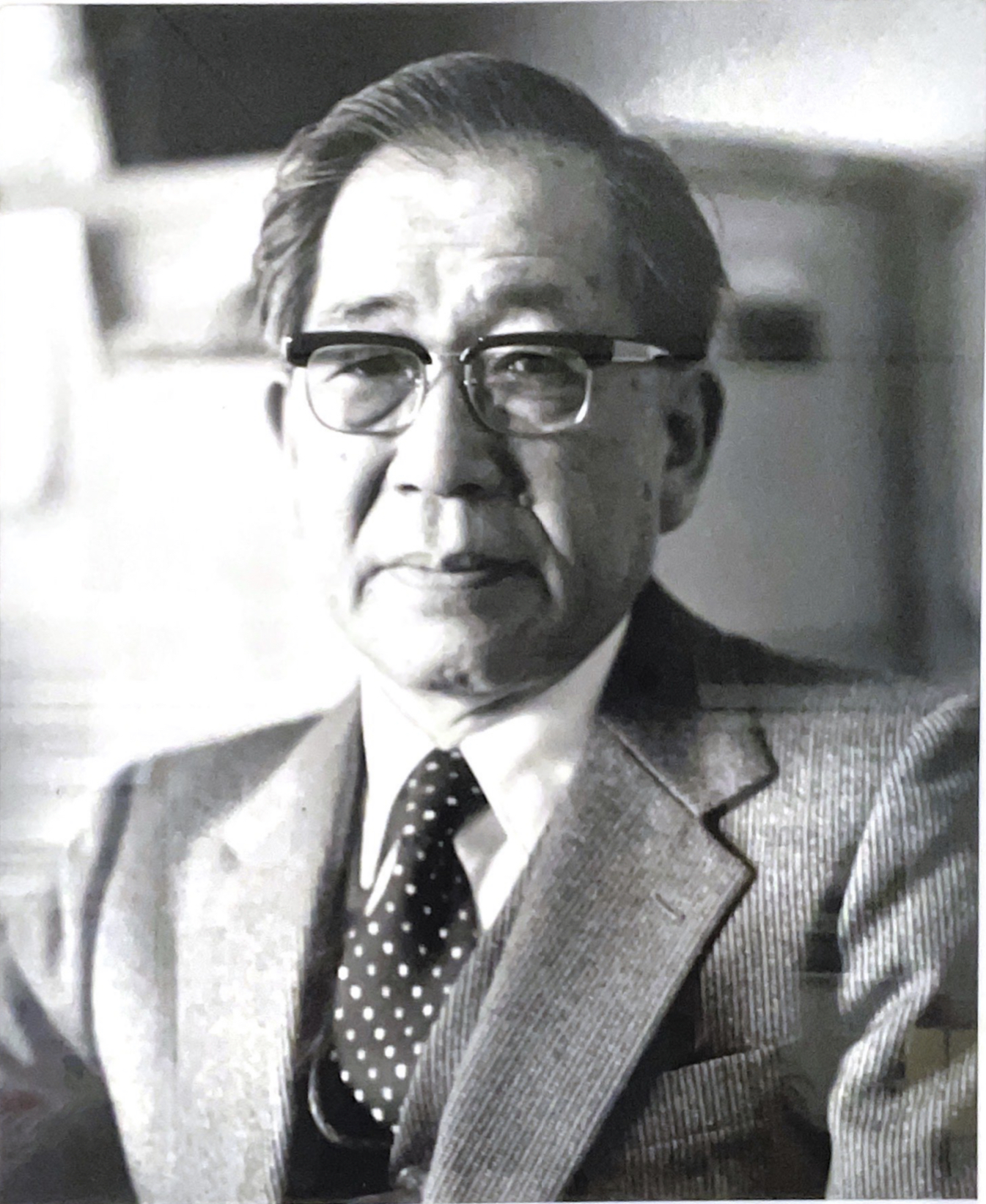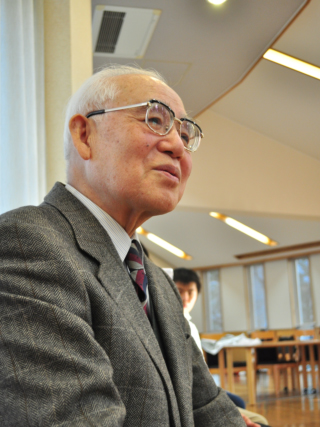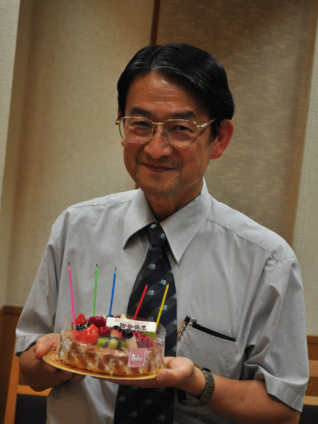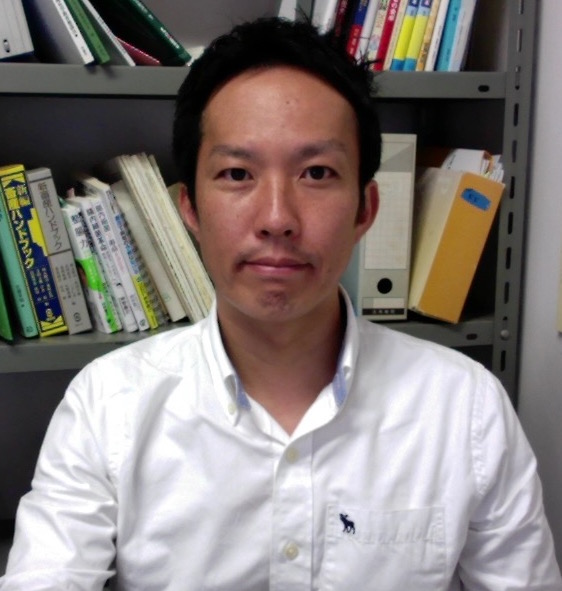
3-5-8 Saiwai-cho, Fuchu-shi, Tokyo 183-8509
Tokyo university of agriculture and technology, Laboratory of veterinary physiology
TEL&FAX: 042-367-5767
E-mail: nagaokak@cc.tuat.ac.jp

Outline of Laboratory
The first motto of the Laboratory of Veterinary Physiology, Tokyo University of Agriculture and Technology is to promote basic research that contributes to the science of human health, and to challenge applied research that is widely useful for various animals targeted by veterinary science, while utilizing cutting-edge technology and knowledge obtained through such research. The basic management attitude of the laboratory is "freedom," and since we value the "independence" of each student, we try to incorporate as much as possible the wishes of the students in our research themes based on the above motto. As a result, we are currently working on a wide range of animal species, including humans, mice, rats, marmosets, goats, cattle, horses, pigs, otters, fenneces, elephants, red kangaroos, and dolphins. |
History
First Professor | Hiroshi Takamine |
 |
The laboratory's beginnings date back to 1940, when Dr. Hiroshi Takamine took up his post at the predecessor of the University, which was then the Tokyo Higher School of Agriculture and Forestry. In the following year (1941), Dr. Takamine was absent from the school for four years due to military service, but returned after the war and resumed his laboratory activities. During this period, the name of the school was changed to Tokyo Agriculture and Forestry College, and then in May 1949, the school system was reformed and Tokyo University of Agriculture and Technology was established. At the time of the establishment of TUAT, there were many bovines being raised in the vicinity of the university, and Dr. Takamine began his research using bovines, achieving particularly prominent results in his studies on the properties of bovine cervical mucus and the passage of sperm. Dr. Takamine's research achievements attracted attention in the medical community in relation to female infertility, and were highly evaluated. |
Second Professor |
Shuji Sasamoto |
 |
In 1965, Dr. Shuji Sasamoto was appointed to this position. Around 1965, the area around the Faculty of Agriculture had been converted to residential land and the number of domestic animals being raised had decreased, so it was no longer feasible to use cattle as research material. Dr. Sasamoto conducted basic research on reproductive physiology, such as the mechanism of follicular development and ovulation in female ovaries, using laboratory animals (mice and rats), and his research achievements were actively introduced in international journals, making the name of our laboratory internationally known. One of these studies is the research on inhibins, which can be said to be synonymous with our laboratory. |
Third Professor | Kazuyoshi Taya |
 |
In 1974, Dr. Kazuyoshi Taya took up his post, marking the heyday of "inhibin" research. Together with Professor Shuji Sasamoto, he developed research on "gonadal function and inhibin secretion in females and males," and as his achievements gained international recognition, exchanges with overseas researchers increased. Furthermore, Dr. Taya promoted not only the "internationalization of research" but also the "internationalization of the laboratory," actively inviting foreign researchers and accepting foreign students. Since then, international students have always been enrolled in the laboratory, working day and night with Japanese students. In parallel with the research on inhibins, we also energetically conducted research on elephants and horses as well as on general endocrinology using rats, such as "suppression of maternal ovarian function by lactation stimulation," "stress and gonadal function," and "thyroid gland, adrenal gland, and gonadal function. | Fourth Professor | Gen Watanabe |

| In 1982, Dr. Gen Watanabe was appointed to this position, and together with Dr. Sasamoto and Dr. Taya, he promoted "internationalization of research" and "internationalization of the laboratory. Dr. Watanabe introduced knowledge and techniques of neuroendocrinology into the laboratory, and developed research on "the effects of environmental hormones on brain sex differentiation," "avian neuroendocrinology," and "development of sterilization vaccines targeting wild animals. Dr. Watanabe was also actively involved in animal-mediated education, which greatly contributed to the presence of the Tokyo University of Agriculture and Technology in contributing to the local community. | Fifth Professor | Kentaro Nagaoka |
 |
Dr. Kentaro Nagaoka took up his new position in 2011, continuing the laboratory's tradition of basic research in reproductive physiology and developing various research projects with the ultimate proposition of "elucidating the full range of mammary gland functions that characterize mammals. While incorporating new knowledge and analytical techniques, the laboratory also conducts applied research on disease prevention and early diagnosis. |
In May 2022, Dr. Yuki Yamamoto was appointed to the department, bringing the current faculty lineup into place.